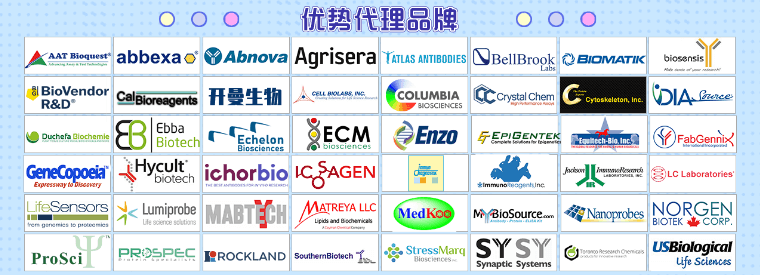Phage display can be used to increase the affinity of antibodies more than 1,000-fold (1 ,2 ). The starting point is typically a specific antibody isolated from a phage antibody library (seeChapter 8 ). To accomplish affinity maturation (increased affinity), the sequence of the antibody is diversified, the mutant gene repertoire is displayed on filamentous phage, and higher-affinity binders are selected on antigen. Although the process is straightforward, the investigator should be reasonably certain that increasing the affinity of their particular antibody will lead to the desired biologic effect prior to undertaking in vitro affinity maturation. Higher affinity is especially important when attempting to neutralize a circulating toxin or growth factor in solution. In this case, the antibody distributes in the same compartment as the antigen, allowing the antigen-antibody interaction to proceed to equilibrium. The higher the affinity, the greater the amount of antigen that is bound. In contrast, affinity is only one determining factor in the amount of antibody fragment that will accumulate in a tumor in vivo (3 ). Factors such as antibody fragment size, pharmacokinetics, and valency may have a more important impact (4 ).
用户登录







